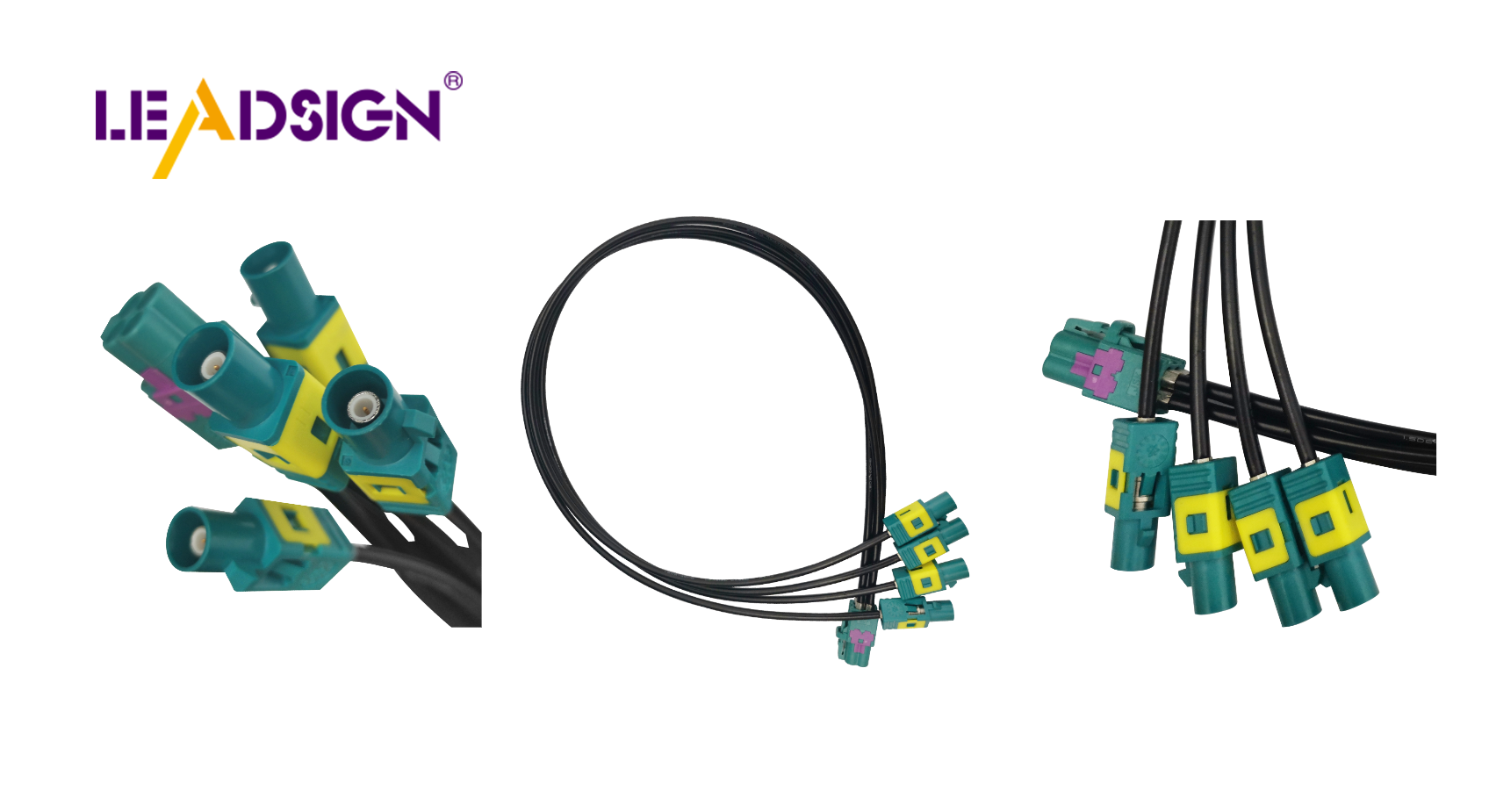What Are Mini Coaxial Cables? Key Specifications and Features

Mini coaxial cables are important in today's tech world. They are small and send signals well. Engineers like them because they are light and bendy. These cables send clear signals, so they are used a lot. As devices get smaller, these cables become more needed. They help gadgets work smoothly and aid in tech progress.
Understanding Mini Coaxial Cables
Definition and Basic Concepts
What are Mini Coaxial Cables?
Mini coaxial cables are special cables. They send signals very well. They have a center wire, an insulator, a metal shield, and an outer cover. These cables are smaller and bend more easily than regular ones. This makes them great for small gadgets.
How do they differ from standard coaxial cables?
Mini coaxial cables are different because they are smaller and bendy. They weigh less and fit in tight spots easily. Engineers like them for small spaces, like in portable gadgets or medical tools.
Construction and Design
Core components
A mini coaxial cable has these parts:
Center Conductor: Made of copper or silver-plated copper for good signal flow.
Insulating Layer: Keeps the signal safe inside.
Metallic Shield: Stops outside signals from messing up the cable.
Outer Jacket: Protects the cable from damage.
Material considerations
Picking materials is important for these cables to work well. Copper is used for its good signal flow. Insulators can be made of things like polyethylene or Teflon because they hold signals well. The outer cover must handle weather to last long.
Key Specifications of Mini Coaxial Cables
Electrical Specifications
Impedance
Mini coaxial cables have specific impedance, like 50 or 75 ohms. This helps them work with many devices. Engineers pick the right impedance to stop signal problems. coaxial cables
Attenuation
Attenuation means signal gets weaker as it moves. These cables are made to keep signals strong. They use good materials and careful design for this.
Physical Specifications
Diameter and Flexibility
Mini coaxial cables are thinner than regular ones. Their small size fits tight spaces easily. They bend well, which is great for gadgets that need bending.
Durability and Shielding
These cables must be tough. They handle stress and weather well. Good shielding stops outside noise from messing up signals. This makes them last long and work reliably.
Features and Benefits
Small Size
Good for Tight Spaces
Mini coaxial cables fit in small areas. They are tiny and go where big cables can't. Engineers use them in tight places to keep designs efficient. These cables save space, perfect for new tech.
Use in Portable Gadgets
Portable gadgets need mini coaxial cables. They are light and bendy, great for phones and tablets. They connect well without being heavy, making devices easy to carry.
Performance Traits
Signal Quality
Mini coaxial cables keep signals clear. They send data with little interference, ensuring good communication. This is important for things like medical tools and fast data networks.
Frequency Range
These cables work with many frequencies. From low to high speeds, they meet different needs. Their flexibility suits industries like telecoms and electronics with varied frequency demands.
Mini coaxial cables are used in many areas. They are small and work well. You can find them in everyday gadgets and special industries.
Everyday Uses
Electronics for Consumers
These cables are key in electronics like phones and computers. They help parts inside talk to each other. This makes gadgets work better. Their tiny size fits into small spaces, making them super important for building modern devices.
Health Equipment
In hospitals, these cables are very important. They send signals accurately in tools like cameras doctors use inside the body. They connect well and handle lots of movement without breaking.
Special Industry Uses
Airplanes
Planes use these cables a lot. They help with talking and finding directions while flying. Because they are light, planes save fuel by being lighter too. They keep working even when it's really tough conditions up there.
Phone Networks
Phone networks need these cables to send data fast. They help make sure calls and internet work smoothly. These cables can handle lots of different signal types, which is great for all kinds of phone systems.
Mini coaxial cables are chosen because they do many jobs well. They show how important they are in making technology better and helping devices work right.
Common Questions
How to Install
To install mini coaxial cables, be careful. Make sure connectors fit device ports well. A tight fit stops signal loss. Do not bend the cable too much. This can break it inside. Keep cables away from power lines to avoid interference.
How to Care for Them
Take care of your mini coaxial cables regularly. Look for any damage on the cable. Change it if the outer part cracks. Clean connectors often to remove dust and dirt. This keeps connections strong. Store extra cables in a cool, dry place.
Choosing Mini Coaxial Cables
Matching with Devices
Pick a mini coaxial cable that works with your devices. Check impedance rating matches what you need. If not, signals may be weak. Ensure the cable handles the right frequency range for your use.
Price and Quality
Think about cost and quality when buying cables. Better cables give clear signals but cost more money. Decide based on what you need them for. Spend more on important tasks if needed or choose cheaper ones for simple uses.
Mini coaxial cables are important in today's tech. They are small and send signals well. When picking a cable, think about impedance and frequency range. Make sure it works with your devices. Good cables work better and last longer. Many resources can help you learn more about these cables. Knowing their features helps you choose wisely and improve your tech use.
See Also
Exploring the Significance of FAKRA Coaxial Cable in Cars
Unlocking the Flexibility and Advantages of FAKRA Cable Connectors
Harnessing the Strength of FAKRA Cable Connectors

